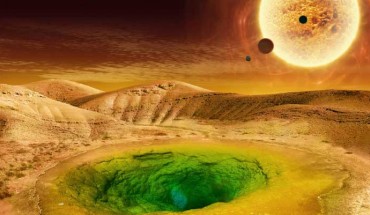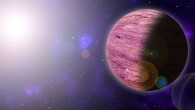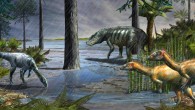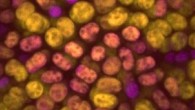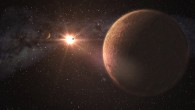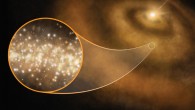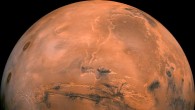A team of leading astronomers, biologists and geologists have come together under the Nexus for Exoplanet System Science (NExSS), a NASA research coordination network dedicated to the study of planetary habitability, to make an inventory of the most promising signs of life, called biosignatures. Artist’s conception of what life could look like on the surface of an exoplanet. Image credit: NASA. NExSS considered how to interpret the presence of biosignatures,...

